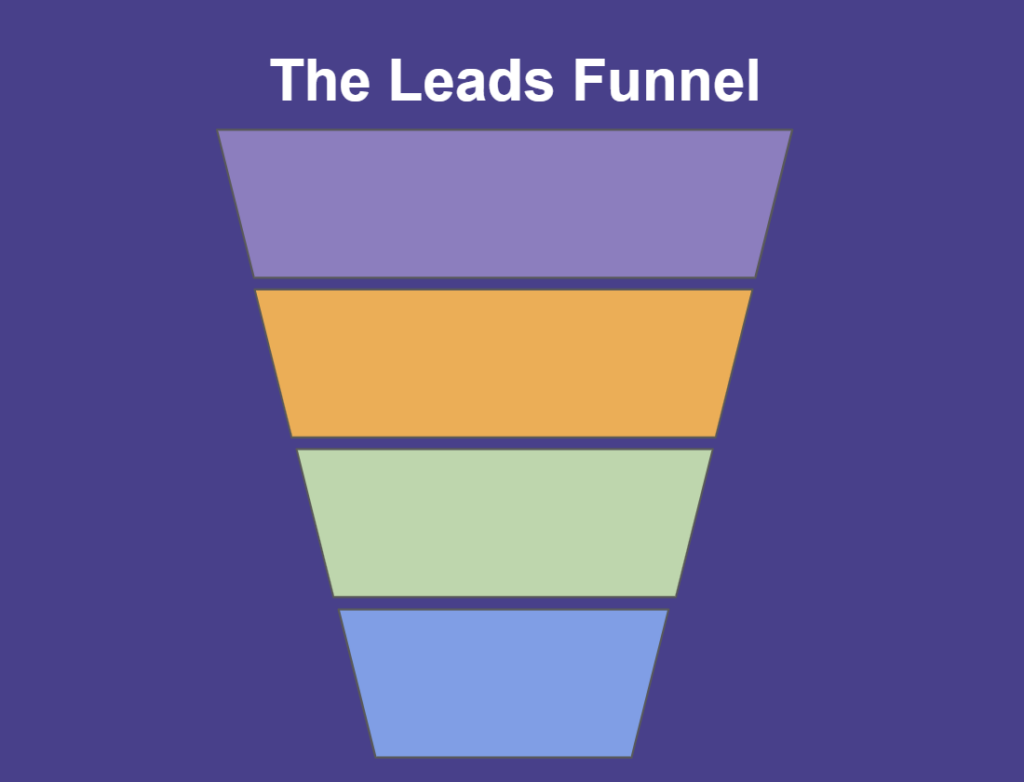


When clients are being promised transformation, agility, or innovation – your consulting thought leadership helps differentiate by answering the following questions for your clients:
“How should we measure our gaps?”
“What does the end state look like?”
Providing answers to these questions goes a long way towards building trust and confidence with clients.
Quality content marketing using blog posts, case studies, research reports, or a newsletter goes a long way.
But this content, no matter how polished, is still passive. It requires the prospect to read, interpret, and guess how it applies to them.
Clients today want to experience your thinking.
Take Rina, a digital experience consultant. Her firm helps large retailers unify web and mobile experiences. Instead of claiming she’s more “strategic” or “client-focused,” she now uses a customer journey maturity assessment to kick off conversations. It lets her prospects evaluate themselves — and realize where they need help. By the time Rina enters the room, her prospects are already aligned with her worldview.
That’s thought leadership — not as marketing fluff, but as a functional asset.
To break through the noise, your ideas must go beyond information — they must create insight.
Let’s say you’re a data analytics consultant. You could write a blog post about “unlocking the value of your data.” Or you could offer a diagnostic tool that lets a head of analytics quickly assess how aligned their data efforts are with their business goals. One of your pillars might be “data storytelling.” Suddenly, the prospect realizes they have dashboards, but no one’s acting on the insights. You didn’t have to say you’re insightful — you showed it.
Or imagine you specialize in change management for mid-sized companies. Your approach blends behavior design and leadership alignment. Instead of a slide deck, you provide a change management framework that maps how ready a company is for upcoming cultural shifts. When a client scores low on leadership alignment but high on process discipline, they immediately recognize the challenge ahead — and that you see it too.
These experiences leave a lasting impression. You’re no longer one of five firms with good credentials. You’re the one that helped them see what they couldn’t before.
When you offer something tangible — a model, a diagnostic, a short quiz — you’re not just helping the client. You’re also quietly answering the questions on their mind:
How do you think?
Can you create a roadmap from my complexity?
Do you understand the terrain?
Consider Mark, a cloud transformation advisor. He noticed prospects often struggled with scope clarity. His answer? A “Cloud Transition Readiness” tool built from his years of experience. It evaluates readiness across infrastructure, governance, and internal alignment. It’s not revolutionary — but it’s his. And it positions him not just as someone who knows the space, but as someone who’s structured that knowledge into a process clients can use.
That’s what true thought leadership does: it turns your experience into decision-making clarity for your clients — and differentiation for your business.
Your clients are trying to get somewhere. Your consulting thought leadership shows them how.
But not just with theories or anecdotes — with experiences. Whether that’s a visual framework, a phased roadmap, or a maturity model, you need to give your audience a taste of progress. A nudge toward clarity. A way to place themselves in your thinking.
The goal isn’t to give away everything. It’s to give away enough insight that your expertise becomes felt — not just inferred.
Think of it like a sample in a bakery. A small bite that makes someone want the full slice.
And the good news? You don’t need to be a designer or developer to build these tools anymore.
You probably already have a methodology, framework, or process. Even if it’s just sketched on a slide, you’re halfway there. The next step is to make it interactive and client-facing.
That’s where Evalinator comes in. Evalinator lets you turn your passive content and frameworks into engaging self-assessments, needs assessments, benchmarks, quizzes — that live on your website, in your sales process, or as lead magnets.
Even after the initial interaction, features such as goal setting allow for an excellent consultative sales model.
Here are a few real examples from the Evalinator gallery:
A digital maturity assessment – to help clients understand gaps in content and funnel strategy
Wheel of Life for Coaches – ideal for life or leadership coaching
Calculators provide immediate, tailored insights to clients. For example, a client who calculates potential cost savings
Interactive tools have conversion rates that are almost 50% more that result content! That’s because your audience receives instant value and feedback.
These tools open the door to meaningful conversations about how your expertise can address specific client needs.
If you offer consultative and expertise based services or products, then you should explore interactive content as your primary lead magnet.
Once you have that, then every hour that you spend writing a blog post or creating an infographic will map back to the systematic structure that supports your primary interactive content.
Once you have that going for you, your interactive content becomes what is called evergreen content – it keeps working for you!
Standing out isn’t about creating more content—it’s about creating the right content. Interactive tools offer a way to connect with your audience, showcase your expertise, and generate high-quality leads that align with your business goals.
If this approach sounds reasonable to you, then there is nothing better than testing it out! Get started for free and craft your first assessment. We are here to help you be successful.

Feeling frustrated with lead generation?
Take this free, 5-minute quiz and get more prospects into your leads funnel.
Instant Results. Actionable recommendations. Email required.
Find Your Score >>